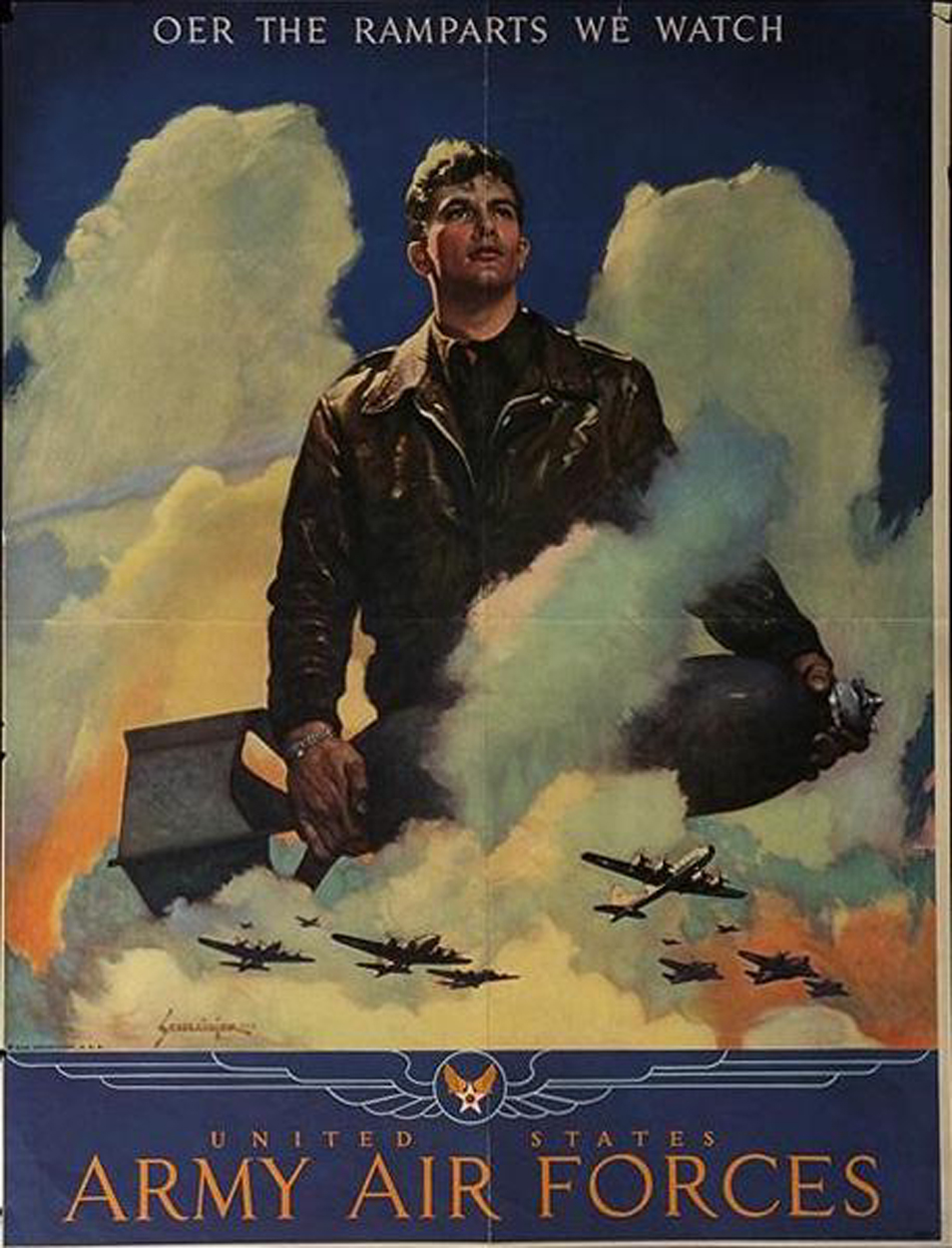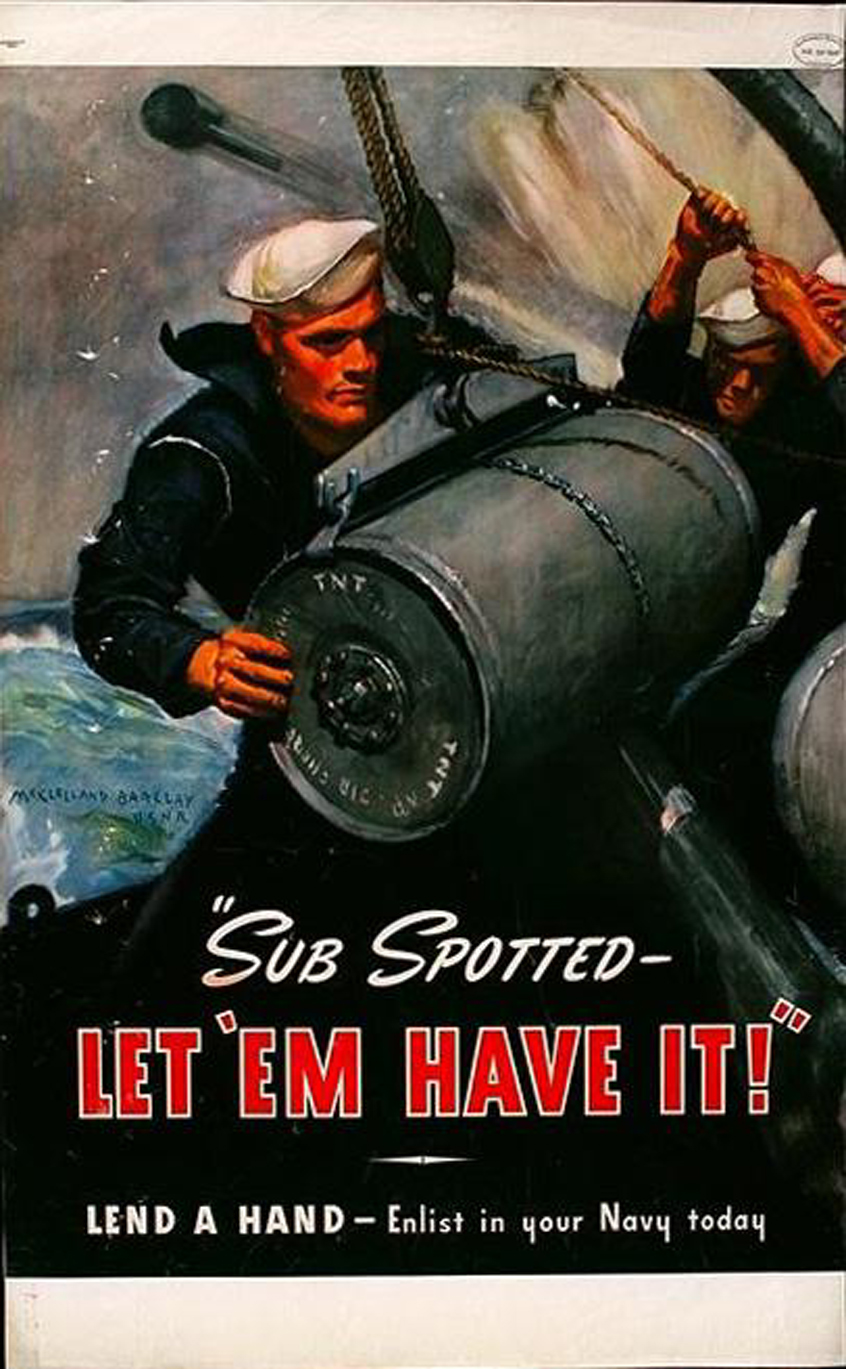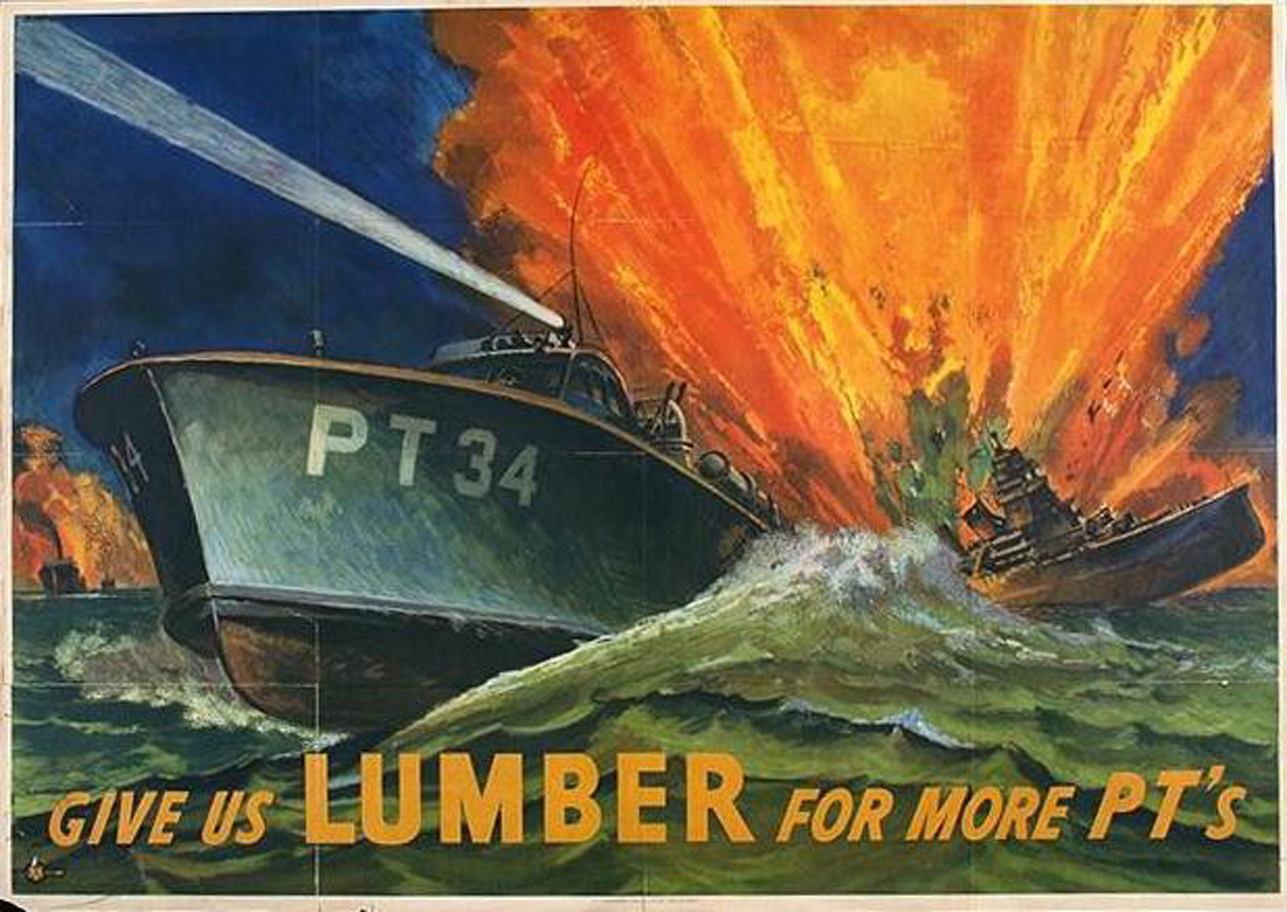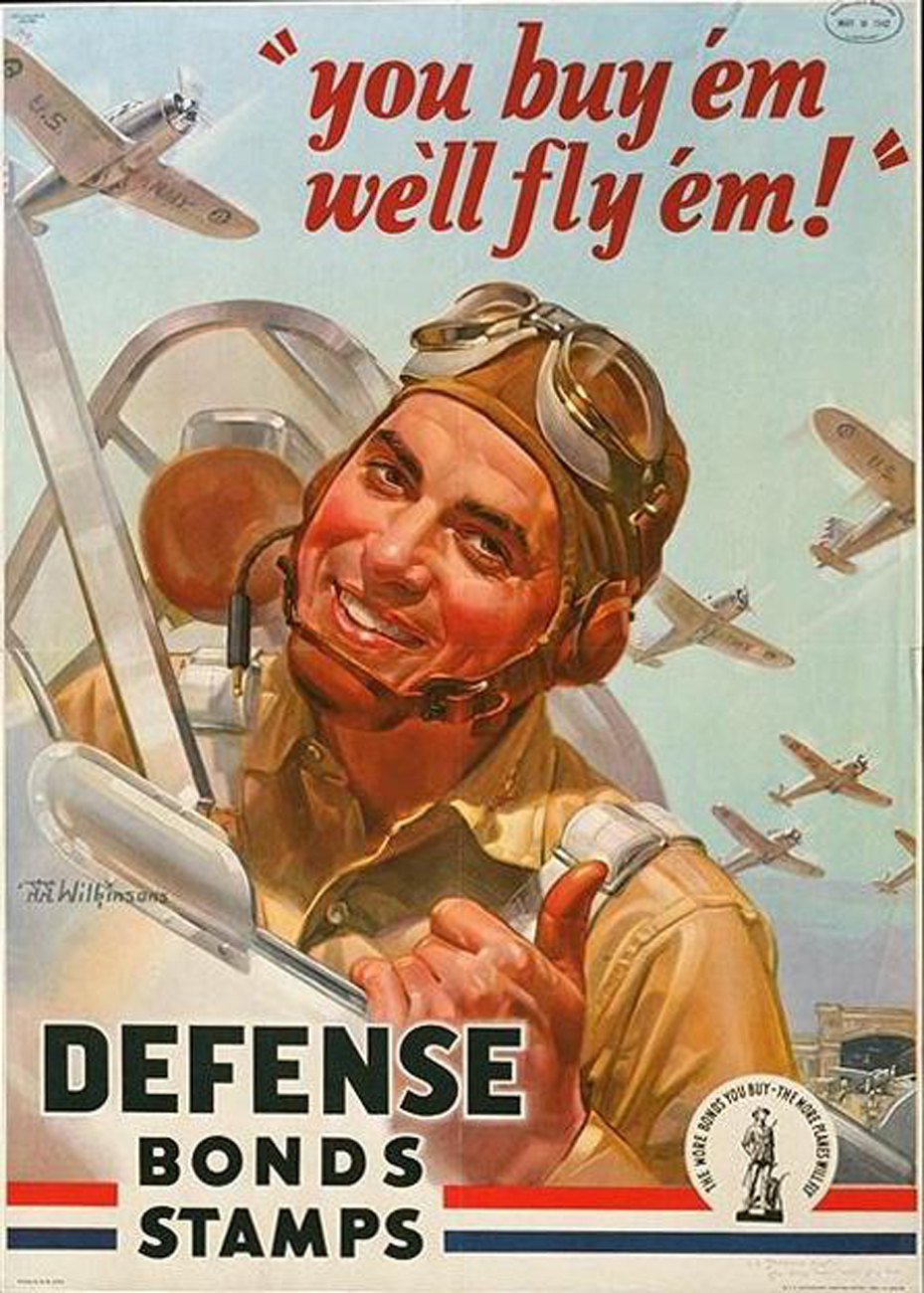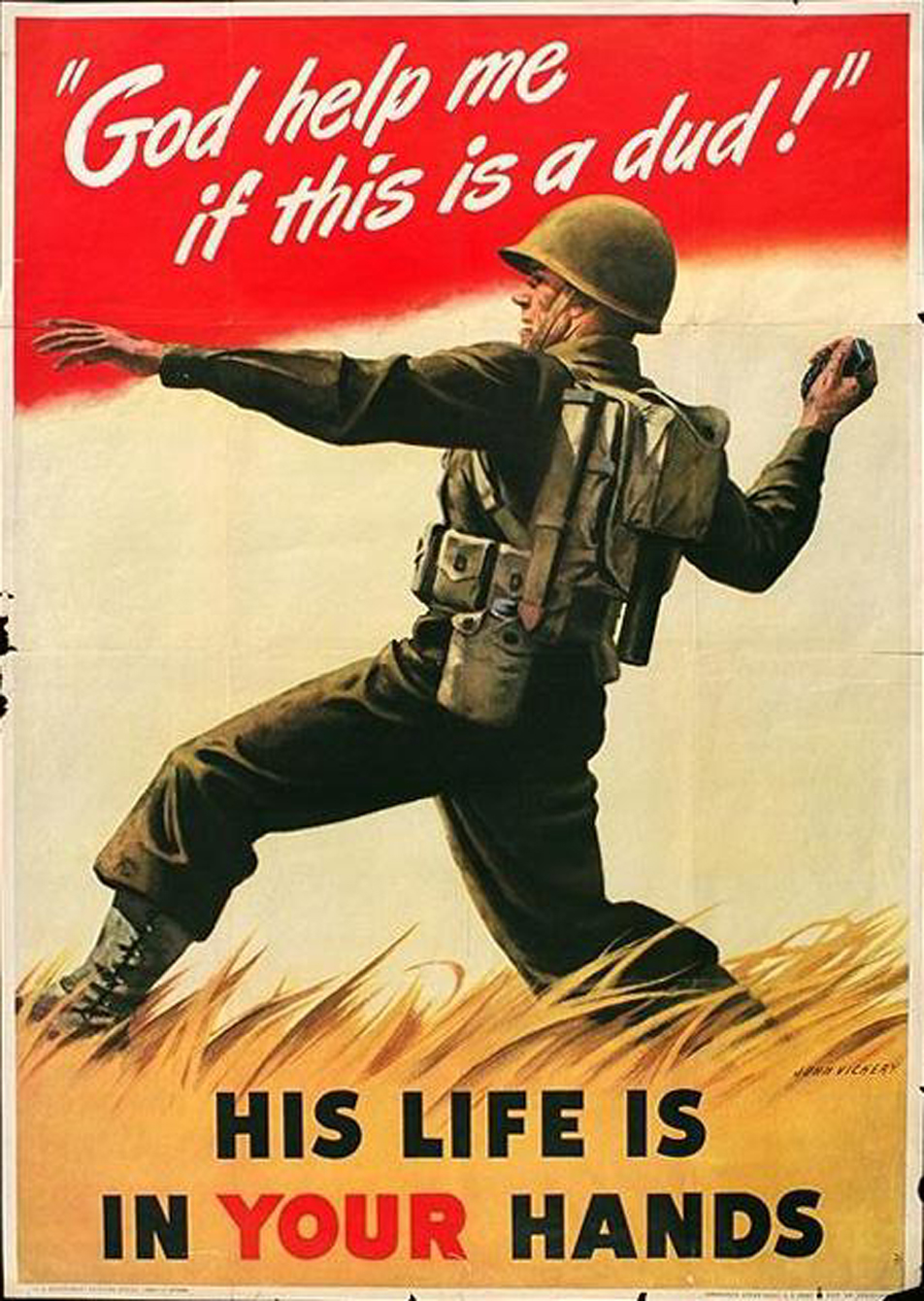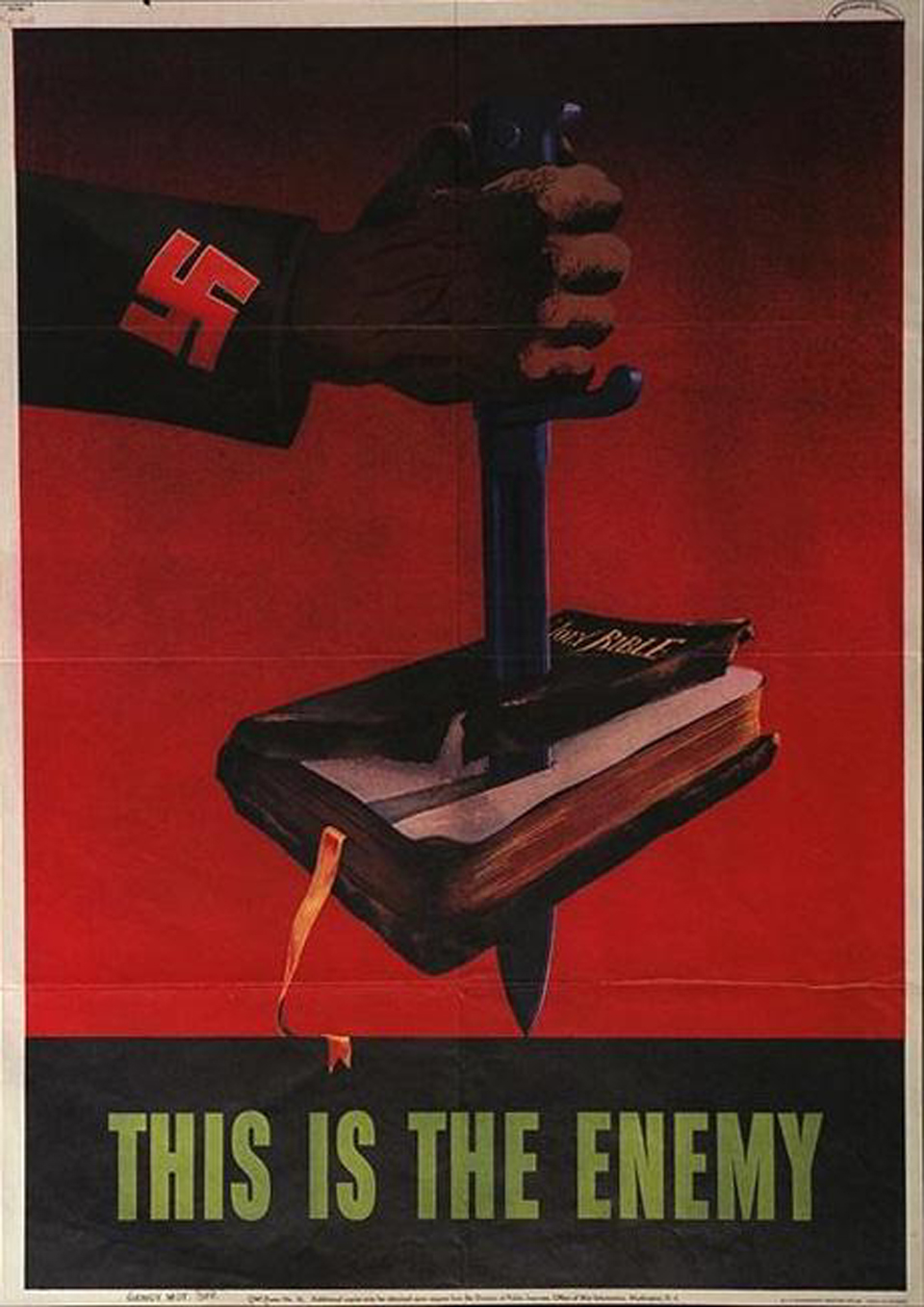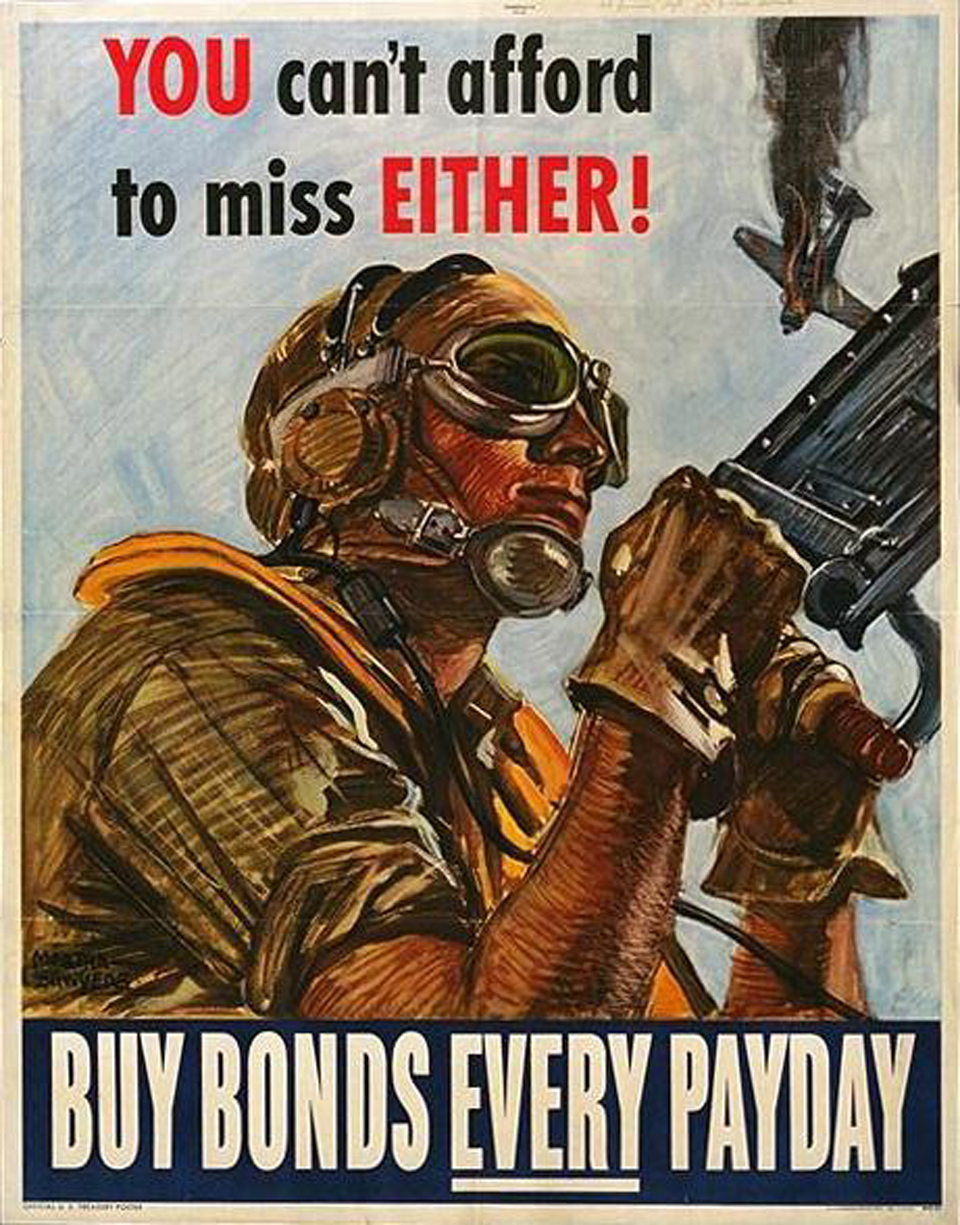HOME | BUSINESS DIRECTORY | WEATHER | LOCAL NEWS | STATE, NATIONAL, WORLD NEWS | SPORTS HOLLYWOOD THEN AND NOW In contrast to the ideals, opinions and feelings of today's Hollywood, the real actors of yester-year loved the United States. They had both class and integrity. With the advent of World War II many of our best loved Hollywood actors, directors and writers went to fight rather than stand and rant against this country we all love. They gave up their wealth, position and fame to become service men & women, many as simple "enlisted men". This page lists but a few, but from this group of men came over 160 earned Medals in honor of their Valor, earning Bronze Stars, Flying Cross', Silver Stars, Distinguish Service Cross', Purple Hearts and one Medal of Honor. While our current batch of "Entertainers" have been in all of the news media (for it seems News Paper, Television and Radio has been more than ready to put them and their Anti-American message before the public), this is to remind people of what the entertainers of 1943 were doing. Most of these brave men and women have since passed on. REAL HOLLYWOOD HEROES |
||||
ALEC GUINESS
Alec Guinness (Star Wars) operated a British Royal Navy landing craft in the invasion of Sicily and Elba and later ferrying supplies to the Yugoslav partisans under Lt. Douglas Fairbanks, Jr. BOB HOPE
Bob Hope "America's No. 1 Soldier in Greasepaint." to the GIs, he was "G.I. Bob" and their clown hero. It began in May, 1941 when Bob, with a group of performers, went to March Field, California, it continued on with his first trip into the combat area in 1943 when he and his small USO Troupe - Frances Langford, Tony Romano and Jack Pepper visited US military facilities in England, Africa, Sicily and Ireland. His love of America and her G.I.s has continued on into this era, in May 1997, in New Orleans - Bob stood by as Dolores christened the USNS Bob Hope (AKR 300), the first of a new class of ships named after Bob. Not to be outdone, one month later the U.S. Air Force dedicated a new C-17 in his name. (In 2001, the C-17 the 'Spirit of Bob Hope,' transported the pilots and crew of the reconnaissance plane downed in China back safe and sound to Hawaii.) Five times Bob has been honored by the United States Congress. But, in October 1997, Bob received one of his greatest tributes when Resolution 75 was unanimously passed by members of both Houses making him an Honorary Veteran. In July 2001, the 'Pentagon' paid a visit to Bob Hope's home in Toluca Lake, California for the presentation of the Order of Horatio Gates Gold Medal for his life-long contributions toward maintaining the high morale of soldiers around the world.
CHARLES BRONSON
Charles Bronson (Buchinsky), was a tail gunner with 25 missions; received the Purple Heart for wounds received during combat in the Army Air Corps.
CLARK GABLE
Clark Gable (Mega-Movie Star when war broke out) Although he was beyond the draft age at the time the U.S. entered WW II, Clark Gable enlisted as a private in the AAF on Aug. 12, 1942 at Los Angeles. He attended the Officers' Training School at Miami Beach, Fla. and graduated as a Second Lieutenant on Oct. 28, 1942. He then attended aerial gunnery school and in Feb. 1943 he was assigned to the 351st Bomb Group at Polebrook, England where he flew in operational missions over Europe in B-17s. Capt. Gable returned to the U.S. in Oct. 1943 and was relieved from active duty as a Major on Jun. 12, 1944 at his own request, since he was over-age for combat.
DOUGLAS FAIRBANKS JR.
Douglas Fairbanks, Jr: Served first as a Goodwill Ambassador from 1939-1941; later as a Naval Officer from 1941-1946, Fairbanks was appointed by President Roosevelt for a Commission as a Lieutenant j.g. in the Navy Reserves. He became the first American Officer to command a British Flotilla of small powered raiding craft during a commando operation in World War II. In 1942 he was Chief Officer of Special Operations, and in 1943 participated in the Allied invasion of Sicily and Elba. Following the war Fairbanks remained in the Reserves and worked his way up from Navy Lieutenant to Commander and finally, in 1954 to Captain before retiring.
ED McMAHAN
Ed McMahan earned his wings as a Marine Fighter Pilot in 1944 and became an instructor teaching carrier landings and a test pilot. After World War II, he remained in the Marine Reserves and his television career was interrupted in 1952 when he was called back into the Marine Corps. He flew 85 combat missions in Korea. Later he retired from the Marines as a full Colonel.
GLENN FORD
Glenn Ford: When the United States entered World War II Glenn enlisted in the Marines. Among his numerous Medals and Commendations are, the Good Conduct Medal, the American Defense Service Ribbon, the European Theater Ribbon with three Battle Stars, one Overseas Service Bar, and the French Legion of Honor for his service in France during World War II. Following his WWII service, he transferred his commission to the U. S. Naval Reserves. He retired as a Captain in the US Naval Reserve.
JAMES ARNESS
James Arness served in the U.S. Army and was wounded at Anzio. He received both the Purple Heart and a Bronze Star Medal for Valor, the Good Conduct Medal, the American Defense Service Ribbon, the European Theater Ribbon with four Battle Stars, one Overseas Service Bar.
JASON ROBARDS JR.
Jason Robards, Jr., Born July 22, 1922, in Chicago, Robards Jr. was a military man before he became an actor (joining at 17). He served in the U.S. Navy, as a Radioman on the U.S.S. Northampton, home ported in Pearl Harbor, by chance his ship was at sea during the December 7, 1941 attack on Pearl Harbor. Jason served in 14 major battles in the Pacific, including Guadalcanal, Tassafaronga, Rabaul, Rendova-New Georgia, Doolittle's Raid, Kula Gulf, Leyte, Bougainville, Saipan, Guam, Marianas, Vila. Jason received the Navy Cross for his "Extraordinary Heroism" during the battle of Tassafaronga, American Campaign Medal; National Defense Medal; Philippines Liberation Medal (w/four battle stars); China Service Medal; Asiatic Pacific Theater Medal (w/ten battle stars and Overseas Service Bar. He spent 7 years in the Navy before he was Honorably Discharged in 1947.
JOHN WAYNE
John Wayne had a deep love for his country. This patriotism is reflected throughout his life. He had wanted to go into the military but an old football injury prevented it. He worked with the USO in supporting US troops from WW2 through to Vietnam. His visits cheered and encouraged many a young service man. In 1973 he was honored with the Veterans of Foreign Wars highest award - The National Americanism Gold Medal. Congress awarded Duke the Congressional Gold Medal in 1979. The bill for John Wayne's gold medal was introduced to Congress by Duke's friend, Senator Barry Goldwater on May 22,1979, stating; "John Wayne has dedicated his entire life to America and I am safe in saying that the American people have an affection for John Wayne such as they have had for very few people in the history of America."
MARLENE DIETRICH
Marlene Dietrich was a star many considered a living legend prior to WW2. She was born Marie Magdalene Dietrich on December 27, 1901 in Berlin Germany. Her real name was Maria Magdalene Dietrich and she took up acting in her late teens. She became an American citizen in 1939. During World War II she entertained U.S. troops, participated in war bond drives, and made Anti-Nazi broadcasts in German; she was awarded the Medal of Freedom for "meeting a grueling schedule of performances under battle conditions... despite risk to her life". She was also named Chevalier of the French Legion of Honor.
NEVILLE BRAND
Neville Brand served in the U. S. Army during WWII. While convalescing from his wounds at the 21st General Hospital he was awarded the Silver Star for Gallantry in Combat. His other Awards and Decorations are the Purple Heart, the Good Conduct Medal, the American Defense Service Ribbon, the European/African/Middle Eastern Theater Ribbon with three Battle Stars, one Overseas Service Bar, one Service Stripe, and the Combat Infantryman's Badge. RONALD REAGAN
Ronald Reagan joined the Army Reserve as a Private in 1937 as rumors of a second war in Europe began anew. Following intensive training he was Commissioned a 2nd Lieutenant in the Officers Reserve Corps of the Cavalry. In 1942, he was called to active duty with the US Army Air Corps and assigned to the 1st Motion Picture Unit (which made over 400 training films). In 1943 he was promoted to Captain; and it was in this grade that he was honorably discharged in 1945. Following the end of WW II he was elected President of the Screen Actors' Guild in 1947. He went on to become the 40th President of the United States on January 20th, 1981 serving two consecutive terms
TIM McCOY
Timothy "Tim" McCoy, born April 10, 1891 served in World War I, when war broke out again he was too old for the draft so he went down and enlisted and served in World War II (during which he was awarded the Bronze Star, the Good Conduct Medal, the American Defense Service Ribbon, the European Theater Ribbon with two Battle Stars, one Overseas Service Bar), rising to the rank of Col. by the close of the war. |
AL JOLSON
Al Jolson: Born on May 26, 1886, was never a soldier in the United States Army, but he did his best to support it in four wars. When he was fourteen years old, he tried to enlist during the Spanish-American War; during World War I, he sold Liberty Bonds; and he entertained the troops at home and abroad during World War II and the Korean War. During World War II, Jolson performed at the USOs at home and abroad. During the Korean War, he gave 42 shows in 16 days. Proud of the soldiers, he said, after returning home, "I am going to look over my income tax return to make sure that I paid enough. These guys are wonderful." Shortly after returning from a strenuous entertainment trip to Korea, Jolson had a heart attack and died in San Francisco, on October 23, 1950, and received posthumously the Congressional Order of Merit.
BRIAN KEITH
Brian Keith served as a U.S. Marine rear gunner in combat actions against the Japanese on Rabal in the Pacific earning the, American Campaign Medal; National Defense Medal; Philippines Liberation Medal (w/battle star); Asiatic Pacific Theater Medal (w/battle star and Overseas Service Bar). CHARLES DURNING
Charles Durning, the son of an Army officer, continued in his fathers footsteps with valor and distinction, serving in the Army's 1st Div. (The Big Red 1) earning a Silver Star and Purple Heart, the Good Conduct Medal, the American Defense Service Ribbon, the European Theater Ribbon with three Battle Stars, one Overseas Service Bar, during the invasion of France.
DAVID NIVEN
David Niven was a Sandhurst Graduate and Lt. Colonel of the British Commandos in Normandy.
EDDIE ALBERT
Eddie Albert (Green Acres TV) was awarded a Bronze Star for his heroic action as a U. S. Naval Landing Officer aiding Marines at the horrific battle on the Island of Tarawa in the Pacific Nov. 1943. He also earned the, American Campaign Medal; National Defense Medal; Philippines Liberation Medal (w/two battle stars); Asiatic Pacific Theater Medal (w/battle star and Overseas Service Bar. GENE AUTRY
Orvon "Gene" Autry: During World War II, Autry enlisted for service on the air during a broadcast of his show, going on to serve his country as a Flight Officer with the Air Transport Command. From 1943 until 1945, he flew C-47 cargo planes in the China-Burma-India theater, earning the American Campaign Medal; National Defense Medal; China Service Medal; Asiatic Pacific Theater Medal (w/battle star and Overseas Service Bar. When the war ended, Autry was assigned to Special Services, where he toured with a USO Troupe in the South Pacific before resuming his movie career in 1946. (See my page: "Flying the Hump")
HAROLD RUSSELL
Harold Russell joined the U.S. Army on Dec. 8, 1941, the day after the attack on Pearl Harbor; as an Instructor in the Parachute Corps. Sgt. Russell was working as an explosives expert in 1944 when a defective fuse exploded a charge of TNT he was holding as he instructed a demolition squad at Camp Mackall, N.C. Both hands were amputated. For his performance in "Best Years of our Lives" (1946), Russell won both the Academy Award as the year's Best Supporting Actor and a second, honorary Oscar "For bringing hope and courage to his fellow veterans." He is the only actor ever to win two Oscars for the same role. He became an avid advocate for the disabled for the rest of his life and served three terms as the Commander of AMVETS.
JAMES DOOHAN
James Doohan ("Scotty" on Star Trek) while landing in Normandy on D-Day was wounded in the leg and hand; losing a finger. Then he retrained as a Pilot, earned a Commission with the RCAF, and completed the war serving as a Pilot Artillery Observer.
JEANETTE MACDONALD
"Every Woman Should Do Her Share to Win the War," Said Jeanette MacDonald to a concert audience in San Francisco in 1942. Her war time concerts were held exclusively to benefit the American Women’s Voluntary Services, and for the Army Emergency Relief Fund. Miss MacDonald was a member of the state board of directors of A.W.V.S. and one of the organization’s sponsors in Southern California. She tirelessly entertained troops on bases across the country during World War 2; and made the largest single donation to the Army Emergency Relief Fund ever made by a single Hollywood Star LEE MARVIN
Lee Marvin was a U.S. Marine Pvt. on Saipan during the Marianas campaign where he was wounded in fierce combat, earning the Purple Heart, American Campaign Medal; National Defense Medal; Philippines Liberation Medal (w/battle star); Asiatic Pacific Theater Medal (w/battle star and Overseas Service Bar. (NOTE: Contrary to inter-net rumors, Lee Marvin, having been wounded two months earlier, never went to Iwo Jima, and Bob Keeshan "Captain Kangaroo" never left the United States prior to the War's end. Fred Rogers "Mister Rogers" was an Ordained Presbyterian Minister during the war and never went into any branch of the military)
MARTHA RAYE
Martha Raye, born Margaret Teresa Yvonne Reed in Butte Montana Aug. 27, 1916; During WWII, Raye and her pals Carole Landis, Al Jolson, Kay Francis and Mitzi Mayfair formed a U.S.O. Troupe, performing tirelessly under incredibly difficult and dangerous conditions before thousands of enthusiastic G.I.s. Not satisfied with supporting the troops during WW2, she continued on in Korea, and for nine years she went to Viet Nam, sometimes staying as long as six months. Not only did she perform on stage but when things got rough she filled in as a nurse, often going hours without a break. In 1993 Martha Raye was awarded the Medal of Freedom for her lifetime service to America. When she died a special exception to policy was made so that she could be buried in the military cemetery at Fort Bragg, North Carolina. For fifty years Colonel Maggie served the military she loved.
ROBERT MONTGOMERY
Robert Montgomery was already an Oscar winning actor before the war; having started in motion pictures in 1929. After World War II broke out in Europe, Montgomery enlisted in London for American field service and drove ambulances in France until the Dunkirk evacuation. Upon America' entrance into the war, Montgomery joined the U.S. Navy and served as Naval Attache on British destroyers hunting U-boats. He attended torpedo boat school, became a PT boat commander, and participated in the D-Day invasion on board a Destroyer. Montgomery served five years of active war duty, was awarded a Bronze Star, the Good Conduct Medal, the American Defense Service Ribbon, the European Theater Ribbon with two Battle Stars, one Overseas Service Bar, and promoted to the rank of Lt. Commander.
ROY DOTRICE
Roy Dotrice: Born 1923 (and best known as "Father" in Beauty & The Beast) lied about his age and joined the service in 1938 at age 14, and became a tail-gunner in bomb runs over Europe with the Royal Air Force Bomber Command. His plane was shot down in 1942; and he spend the remainder of the war in a German prisoner-of-war camp.
TYRONE POWER
Tyrone Power (an established movie star when Pearl Harbor was bombed) immediately joined the U.S. Marines, and was a Pilot flying supplies into, and flying wounded Marines out of, both Iwo Jima and Okinawa, earned the American Campaign Medal; National Defense Medal; Philippines Liberation Medal (w/battle star); and the Asiatic Pacific Theater Medal (w/four battle stars and Overseas Service Bar). |
AUDIE MURPHY
Audie Murphy, little 5'5" tall 110 pound guy from Texas who played cowboy parts? He was the most decorated serviceman of WWII earning: Medal of Honor, Distinguished Service Cross, 2 Silver Star Medals, Legion of Merit, 2 Bronze Star Medals with "V", 2 Purple Hearts, U.S. Army Outstanding Civilian Service Medal, Good Conduct Medal, 2 Distinguished Unit Emblems, American Campaign Medal, European-African-Middle Eastern Campaign Medal with One Silver Star, and Four Bronze Service Stars (representing nine campaigns) and one Bronze Arrowhead (representing assault landing at Sicily and Southern France) World War II Victory Medal, Army of Occupation Medal with Germany Clasp, Armed Forces Reserve Medal, Combat Infantry Badge, Marksman Badge with Rifle Bar, Expert Badge with Bayonet Bar, French Fourragere in Colors of the Croix de Guerre, French Legion of Honor, Grade of Chevalier, French Croix de Guerre With Silver Star, French Croix de Guerre with Palm, Medal of Liberated France, Belgian Croix de Guerre 1940 Palm.
CAROLE LOMBARD
Carole Lombard, born Jane Alice Peters October 6, 1908 in Fort Wayne, Indiana. Known as "The Profane Angel" for her beauty and her ribald humor and mischief on camera and off, actress Carole Lombard was Hollywood's original "Queen of Comedy", reigning with her husband, Clark Gable. Ms. Lombard had just celebrated the completion of her 70th film, the dark comedy "To Be or Not To Be" with funny man Jack Benny when she agreed to headline a War Bond rally in her birth State of Indiana. The TWA flight carrying Carole Lombard crashed over Nevada, killing all on board. In the wake of her death at the age of 33, Carole Lombard was both mourned and honored, a World War II Liberty Ship was christened in her honor, while her name was lent to charity funds for war widows and children. Upon her death Clark Gable immediately enlisted in the Army Air Force.
CHARLTON HESTON
Charlton Heston was an Army Air Corps Sergeant in Kodiak earning the, American Campaign Medal; National Defense Medal; Asiatic Pacific Theater Medal (w/battle star and Overseas Service Bar.
DONALD PLEASANCE
Donald Pleasance (The Great Escape) really was an R. A. F. Fighter Pilot who was shot down, held prisoner and tortured by the Germans
ERNEST BORGNINE
Ernest Borgnine was a U. S. Navy Gunners Mate 1935-1945 in the South Pacific where he earned the, American Campaign Medal; National Defense Medal; Philippines Liberation Medal (w/battle star); China Service Medal; Asiatic Pacific Theater Medal (w/four battle stars and Overseas Service Bar.
GEORGE C. SCOTT
George C. Scott was a decorated U. S. Marine Sgt., receiving the Good Conduct Medal, the American Defense Service Ribbon, the European Theater Ribbon with two Battle Stars and Overseas Service Bar.
HENRY FONDA
Henry Fonda stopped his movie career and joined the U. S. Navy in 1943, serving aboard a Destroyer in the Pacific until his return in 1946 earning the , American Campaign Medal; National Defense Medal; Philippines Liberation Medal (w/battle star); Asiatic Pacific Theater Medal (w/battle star and Overseas Service Bar. JAMES "JIMMY" STEWART
James Stewart entered the Army Air Force as a private and worked his way to the rank of Colonel. During World War II, Stewart served as a Bomber Pilot, his service record crediting him with leading more than 20 missions over Germany, and taking part in hundreds of air strikes during his tour of duty. Stewart earned the Distinguished Flying Cross twice, one of them for piloting the lead plane in a spectacular raid on key aircraft factories in Brunswick, Germany, the Air Medal and a succession of oak leaf clusters, France's Croix de Guerre, and six Battle Stars during World War II. In 1959, while in the USAFR, he was promoted to BrigGenl, the highest ranking actor in military history (but would not allow his war record to be used in movies or as publicity). James Stewart's son, 1st Lieut. Ronald W. McLean was killed in Vietnam in 1969.
JOHN RUSSELL
John Russell: In 1942, he enlisted in the Marine Corps, and it was during the battle for Guadacanal where he received a Battlefield Commission and was wounded and highly decorated for valor, his Medals and Decorations include The Navy/Marine Cross, American Campaign Medal; National Defense Medal; Philippines Liberation Medal (w/battle star); Asiatic Pacific Theater Medal (w/battle star and Overseas Service Bar.)
LEE POWELL
Lee Powell, the silver screen's first Lone Ranger (1938). He enlisted in the Marines in the Summer of 1942, and saw action at Tarawa and Saipan. On July 30, 1944, Sgt. Lee Powell, serial number 442926, 18th Regiment, 2nd Marine Division, was killed in action on Tinian (Marianas Islands). He was buried in Tinian Cemetery, but in March, 1949, his remains were transferred to the National Memorial Cemetery of the Pacific, Honolulu, Hawaii (AKA 'The Punchbowl'). On March 14, 1949 he was laid to rest in Section F, Gravesite Number 1246.
NANCY KULP
Nancy Kulp: A graduate of Florida State and the University of Miami, Kulp served as a WAVE lieutenant during World War II, specializing in electronics. During her Naval service Nancy earned the American Campaign Medal; National Defense Medal, and the Good Conduct Medal
ROD SERLING
Rod Serling: After graduation Serling enlisted in the United States Army. Beginning in May 1944 he served with the 511th Parachute Infantry Regiment of the 11th Airborne Division in New Guinea and during the invasion of the Philippines. He was awarded the Purple Heart for a severe shrapnel wound to his knee, American Campaign Medal; National Defense Medal; Philippines Liberation Medal (w/battle star); Asiatic Pacific Theater Medal (w/battle star and Overseas Service Bar).
STERLING HAYDEN
Sterling Hayden was in the U.S. Marines, where he served in the O.S.S. working with Tito and Yugoslav partisans.
WAYNE MORRIS
Wayne Morris; born Bert DeWayne Morris, Jr. on February 17, 1914. Morris became one of the first Hollywood actors to enter the service, joining the Naval Reserves and receiving a Commission. Following flight training and a year as an instructor, he was thrust immediately in the Pacific air war, flying an F6F Hellcat with VF-15 off the carrier, the USS Essex. He would go on to fly 57 missions, shooting down seven Japanese aircraft, as well as participating in the sinking of five Japanese warships; making him one of the early American aces of the war. Of the 57 missions he flew, three of his Hellcats were so full of holes when he returned to his carrier, they were rendered "unfit for duty" and dumped overboard. He was awarded four Distinguished Flying Crosses and two Air Medals for an acts of Valor and Courage, American Campaign Medal; National Defense Medal; Philippines Liberation Medal (w/ battle star); China Service Medal; Asiatic Pacific Theater Medal (w/battle star and Overseas Service Bar, earned while flying in active operations against the enemy. He earned the rank of Lt. Commander. |
||
The List of Those Who Served Doesn't End There. More Stars, Directors, Writers and Producers: DESIDERO A. ARNEZ, US Army-Special Services; ROBERT "BOB" BARKER, USN F4U Pilot; RICHARD BOONE, USN TBF Flight Crewman; This is how the real heroes of the silver screen acted. Compare them to the Hollywood twits of today who spew Anti-American drivel as they bite the hand that feeds them. Can you imagine these stars of yester-year saying they hate our flag, making anti-war speeches, sucking up to foreign dictators or marching in Anti-American parades? |
||||



WHATEVER HAPPENED TO THIS KIND OF THINKING?
These were our parents. What in God's name have we allowed to happen to our country?
It's called Political correctness (or "re-education"):
Lack of God's name happened,
Lack of personal responsibility happened,
Lack of personal integrity and honesty happened,
Lack of respect and loyalty to our country happened,
Lack of being an American happened.
Did all of these things die along with common sense?







BILL MAULDIN STAMP HONORS THE GRUNTS HERO by Bob Greene The post office gets a lot of criticism. Always has, always will. And with the renewed push to get rid of Saturday mail delivery, expect complaints to intensify. But the United States Postal Service deserves a standing ovation for something that's going to happen this month: Bill Mauldin is getting his own postage stamp. Mauldin died at age 81 in the early days of 2003. The end of his life had been rugged. He had been scalded in a bathtub, which led to terrible injuries and infections; Alzheimer's disease was inflicting its cruelties. Unable to care for himself after the scalding, he became a resident of a California nursing home, his health and spirits in rapid decline. He was not forgotten, though. Mauldin, and his work, meant so much to the millions of Americans who fought in World War II, and to those who had waited for them to come home. He was a kid cartoonist for Stars and Stripes, the military newspaper; Mauldin's drawings of his muddy, exhausted, whisker-stubbled infantrymen Willie and Joe were the voice of truth about what it was like on the front lines. Mauldin was an enlisted man just like the soldiers he drew for; his gripes were their gripes, his laughs were their laughs, his heartaches were their heartaches. He was one of them. They loved him. He never held back. Sometimes, when his cartoons cut too close for comfort, his superior officers tried to tone him down. In one memorable incident, he enraged Gen. George S. Patton, and Patton informed Mauldin he wanted the pointed cartoons -- celebrating the fighting men, lampooning the high-ranking officers -- to stop. Now. The news passed from soldier to soldier. How was Sgt. Bill Mauldin going to stand up to Gen. Patton? It seemed impossible. Not quite. Mauldin, it turned out, had an ardent fan: Five-star Gen. Dwight D. Eisenhower, supreme commander of the Allied forces in Europe. Ike put out the word: Mauldin draws what Mauldin wants. Mauldin won. Patton lost. If, in your line of work, you've ever considered yourself a young hotshot, or if you've ever known anyone who has felt that way about himself or herself, the story of Mauldin's young manhood will humble you. Here is what, by the time he was 23 years old, Mauldin had accomplished: He won the Pulitzer Prize. He was featured on the cover of Time magazine. His book "Up Front" was the No. 1 best-seller in the United States. All of that at 23. Yet when he returned to civilian life and he grew older, he never lost that boyish Mauldin grin, he never outgrew his excitement about doing his job, he never big-shotted or high-hatted the people with whom he worked every day. I was lucky enough to be one of them; Mauldin roamed the hallways of the Chicago Sun-Times in the late 1960s and early 1970s with no more officiousness or air of haughtiness than if he was a copyboy. That impish look on his face remained. He had achieved so much. He had won a second Pulitzer Prize, and he should have won a third, for what may be the single greatest editorial cartoon in the history of the craft: his deadline rendering, on the day President John F. Kennedy was assassinated, of the statue at the Lincoln Memorial slumped in grief, its head cradled in its hands. But he never acted as if he was better than the people he met. He was still Mauldin the enlisted man. During the late summer of 2002, as Mauldin lay in that California nursing home, some of the old World War II infantry guys caught wind of it. They didn't want Mauldin to go out that way. They thought he should know that he was still their hero. Gordon Dillow, a columnist for the Orange County Register, put out the call in Southern California for people in the area to send their best wishes to Mauldin; I joined Dillow in the effort, helping to spread the appeal nationally so that Bill would not feel so alone. Soon more than 10,000 letters and cards had arrived at Mauldin's bedside. Even better than that, the old soldiers began to show up just to sit with Mauldin, to let him know that they were there for him, as he, long ago, had been there for them. So many volunteered to visit Bill that there was a waiting list. Here is how Todd DePastino, in the first paragraph of his wonderful biography of Mauldin, described it: "Almost every day in the summer and fall of 2002 they came to Park Superior nursing home in Newport Beach, California, to honor Army Sergeant, Technician Third Grade, Bill Mauldin. They came bearing relics of their youth: medals, insignia, photographs, and carefully folded newspaper clippings. Some wore old garrison caps. Others arrived resplendent in uniforms over a half century old. Almost all of them wept as they filed down the corridor like pilgrims fulfilling some long-neglected obligation." One of the veterans explained to me why it was so important: "You would have to be part of a combat infantry unit to appreciate what moments of relief Bill gave us. You had to be reading a soaking wet Stars and Stripes in a water-filled foxhole and then see one of his cartoons." Mauldin is buried in Arlington National Cemetery. The kid cartoonist finally made it onto a first-class postage stamp. It's an honor that most generals and admirals never receive. What Mauldin would have loved most, I believe, is the sight of the two guys who are keeping him company on that stamp. Take a look at it. There's Willie. There's Joe. And there, to the side, drawing them and smiling that shy, quietly observant smile, is Mauldin himself. With his buddies, right where he belongs. Forever.
DID YOU KNOW THIS ABOUT MARTHA RAE? There was the singer and actress, Martha Raye, with a SF (Special Forces) beret and jungle fatigues, with subdued markings, helping the wounded into the Chinook, and carrying the dead aboard. 'Maggie' had been visiting her SF 'heroes' out 'west'. We took off, short of fuel, and headed to the USAF hospital pad at Pleiku. As we all started unloading our sad pax's, a 'Smart-Ass' USAF Captain said to Martha.... Ms. Ray, with all these dead and wounded to process, there would not be time for your show! To all of our surprise, she pulled on her right collar and said, "Captain, see this eagle? I am a full 'Bird' in the US Army Reserve, and on this is a 'Caduse' which means I am a Nurse, with a surgical speciality. now, take me to your wounded." He said, "yes mam'. Follow me." Several times at the Army Field Hospital in Pleiku, she would 'cover' a surgical shift, giving a nurse a well-deserved break. Martha is the only woman buried in the SF (Special Forces) cemetery at Ft. Bragg.
MOST OUTRAGEOUS STATEMENT EVER MADE BY A PUBLIC OFFICIAL
|
TED GUNDY, THE OLD SNIPER by Jim Shepherd
From most of us, it would have been a gee-whiz kind of question, the kind that gets a polite "thanks for watching, snipers use...." kind of form letter response. But Ted Gundy wasn't just another TV fan. Gunday was asking about today, based on his own experiences from yesterday. In 1944, Ted Gundy was an army sniper fighting World War II in Europe. More specifically, fighting in the cold and horrible conditions of the Battle of the Bulge, the definitive name in United States Army combat - still the largest battle ever fought by United States troops. Gundy also wanted something else- he wanted to try one of those long shots himself. "The more we checked, the more we realized we had a unique opportunity here," says Shooting USA's Jim Scoutten, "Ted Gundy could still wear his WWII uniform blouse- the Eisenhower jacket. He marched in every Memorial Day parade, despite being an amputee. He had a full set of dress greens he used as a member of the Missouri honor guard - he wore them to render funeral honors to veterans of World War II." "And," Scoutten added, "we realized those World War II heroes were dying in greater and greater numbers." So, his team pulled together an almost impossible answer for Gundy. The Army Marksmanship Unit commander thought it was a great idea. Public affairs got Gundy and his son cleared for VIP on-base housing, and the deal came together. So for a week, the old sniper was a VIP guest of the modern Army at Fort Benning, Georgia. That's the premise of a special episode of Impossible Shots, entitled, appropriately enough "Old Sniper". I first watched it Wednesday night, and I didn't take a single note. I couldn't. Instead, I was transfixed watching one of the fewer-by-the-day remaining members of "our greatest generation" watching today's warriors ply their trade.
It wasn't the gee-whiz nature of today's gear for a veteran who fought with a 03-Springfield equipped with a primitive riflescope that held my attention, it was the reverence with which Gundy was treated by today's soldiers. Sure, I enjoyed watching Gundy tour the exact recreation of the barracks, mess halls - and latrines- he remembered from more than six decades earlier in Fort Benning's historical areas, and his VIP treatment in the new Infantry Museum. But I was moved by the way the sniper of old was revered by the snipers of today. As SFC Robby Johnson explained, "they were amazing marksmen. They were given a bolt-action rifle, some rudimentary zeroing time, and then told 'go forth' - and they made the same kinds of shots we make today."
Gundy was taken to a firing line with his new rifle, and the transformation was almost magical. Today, Gundy's gait might be uncertain, his hands shaky and his hearing electronically enhanced (but not always quite enough), but when he settled behind "his" 03 Springfield A4 sniper rifle, none of that mattered. From a basic rest, he proceeded to make hits on a silhouette target -at 300 yards. Each one was better than the previous, with the final round landing dead center. Time didn't stand still, but it was held at bay- at least for three shots. There are other WW II veterans out there, and the unassuming Ted Gundy said -repeatedly- he didn't deserve the hero's treatment. I disagree. When Ltc. Daniel Hodne presented Gundy with his own black cap - given only to AMU elite shooters - he and his unit gave a heartfelt thank you to the generation of warriors that came before them. Well done, gentlemen, well done.
|
VIETNAM VETERANS: STATISTICS FOR INDIVIDUALS * 9,087,000 military personnel served on active duty during the Vietnam Era (August 5, 1964 - May 7, 1975). CASUALTIES: * The first man to die in Vietnam was James Davis, in 1958. He was with the 509th Radio Research Station. Davis Station in Saigon was named for him. Deaths - Average Age Total Deaths: 23.11 years DRAFTEES VS. VOLUNTEERS: * 25% (648,500) of total forces in country were draftees. (66% of U.S. armed forces members were drafted during WWII). RACE AND ETHNIC BACKGROUND: * 88.4% of the men who actually served in Vietnam were Caucasian; 10.6% (275,000) were black; 1% belonged to other races. SOCIO-ECONOMIC STATUS: * Vietnam veterans have a lower unemployment rate than the same non-vet age groups. DRUG USAGE & CRIME: * There is no difference in drug usage between Vietnam Veterans and non-Vietnam Veterans of the same age group. WINNING & LOSING: * 82% of veterans who saw heavy combat strongly believe the war was lost because of lack of political will. HONORABLE SERVICE: * 97% of Vietnam-era veterans were honorably discharged. INTERESTING CENSUS STATISTICS & THOSE TO CLAIM TO HAVE "Been * 1,713,823 of those who served in Vietnam were still alive as of August, 1995 (census figures). Isolated atrocities committed by American Soldiers produced torrents of outrage from anti-war critics and the news media while Communist atrocities were so common that they received hardly any media mention at all. The United States sought to minimize and prevent attacks on civilians while North Vietnam made attacks on civilians a centerpiece of its strategy. Americans who deliberately killed civilians received prison sentences while Communists who did so received commendations. From 1957 to 1973, the National Liberation Front assassinated 36,725 Vietnamese and abducted another 58,499. The death squads focused on leaders at the village level and on anyone who improved the lives of the peasants such as medical personnel, social workers, and school teachers. - Nixon Presidential Papers
|



THE PRICE OF FREEDOM!
Are we impressing upon our children and grandchildren the significance of our fragile freedoms and the continuing sacrifice it takes to protect them? Are we teaching, in our schools and in our homes, that participation and commitment are necessary for our Republic to continue to survive and prosper? Are we demonstrating by our words and deeds that patriotism is not an "old fashioned" idea and that each and every one of us has a responsibility to study and understand our country's early history, our constitution and the sacrifices of our founding fathers. Freedom and self-government are not spectator sports. Each of us has an obligation to be involved and to honor the efforts of those who have preceeded us in the fight to establish and maintain our Republic and the individual freedoms we all enjoy.
It is the VETERAN, not the preacher, who has guaranteed us freedom of religion.
It is the VETERAN, not the reporter, who has guaranteed us freedom of the press.
It is the VETERAN, not the poet, who has guaranteed us freedom of speech.
It is the VETERAN, not the campus organizer, who has guaranteed us freedom to assemble.
It is the VETERAN, not the lawyer, who has guaranteed us the right to a fair trial.
It is the VETERAN, not the politician, Who has guaranteed us the right to vote.
It is the VETERAN who salutes the Flag.
These freedoms were paid for with the blood of patriots!
It is the VETERAN who has served under the Flag that guarantees the rights and freedoms granted by our constitution and makes this the greatest country in the history of mankind!
Without our VETERANS who swore an oath to support, defend and protect our flag, our Republic, our constitution and our sovereignty, these things would have long since have passed away. For many of these VETERANS, the oath they took when they entered the military is a lifetime commitment, not just a temporary requirement.
Thanks to our men and women in the military, we have FREEDOM!
To all of those who are currently serving, and those who previously served in the Military, and their families, THANK YOU!



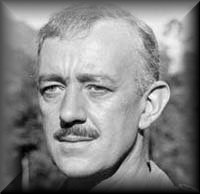
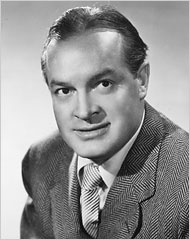

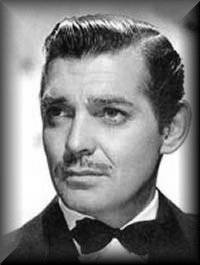








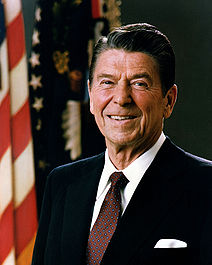
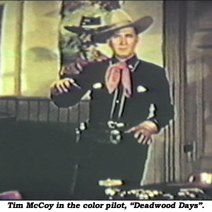









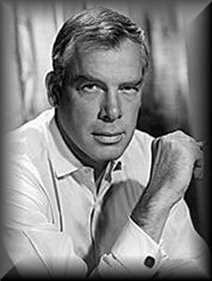
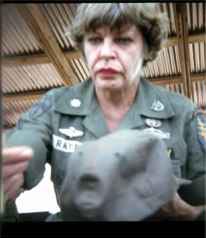
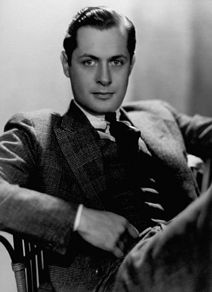
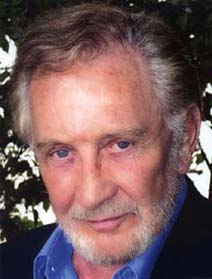


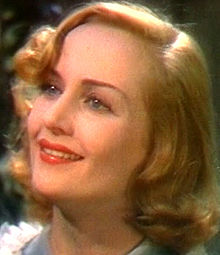

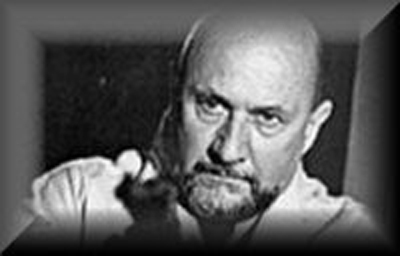

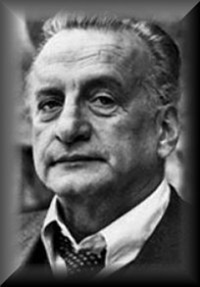

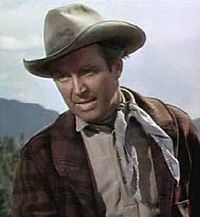


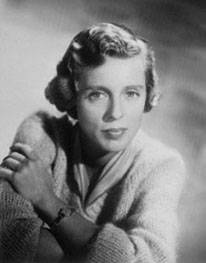
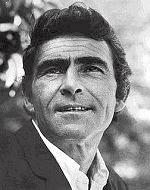

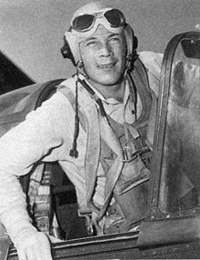

























 It was a simple question 84-year old Ted Gundy put to the guys at Shooting USA's Impossible Shots: "How is it possible for snipers today to hit targets from such long ranges?"
It was a simple question 84-year old Ted Gundy put to the guys at Shooting USA's Impossible Shots: "How is it possible for snipers today to hit targets from such long ranges?"
 It seemed like a lot of polite talk and a little exaggeration - until Val Forgett of Navy Arms presented the old sniper with a brand-new, exact replica of the rifle he carried across Europe until a German shell cut short his war - and his right leg.
It seemed like a lot of polite talk and a little exaggeration - until Val Forgett of Navy Arms presented the old sniper with a brand-new, exact replica of the rifle he carried across Europe until a German shell cut short his war - and his right leg.






